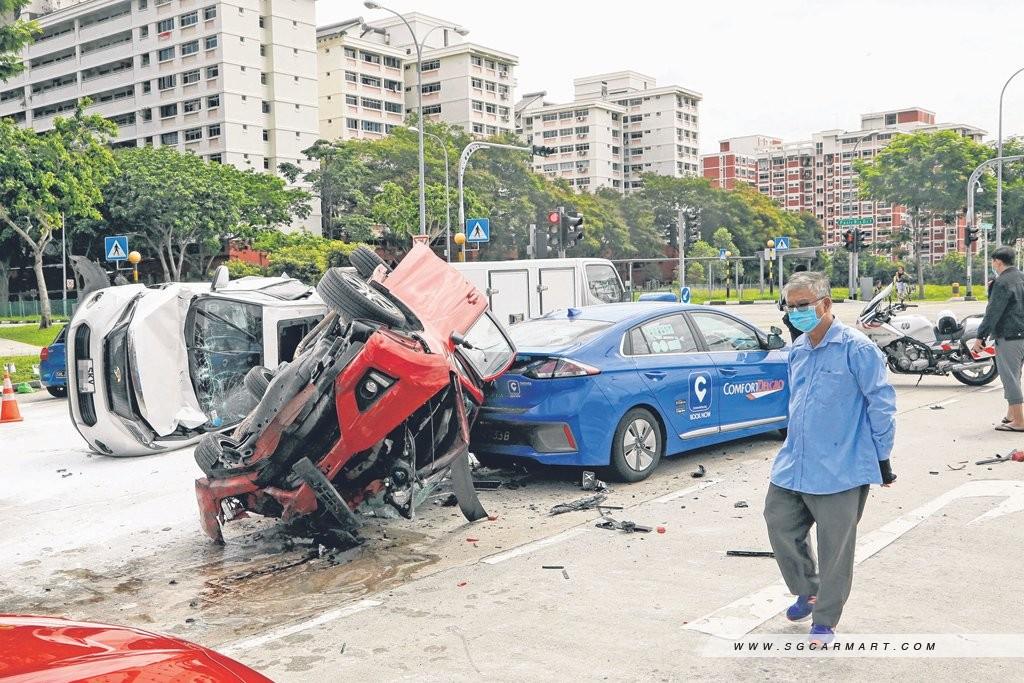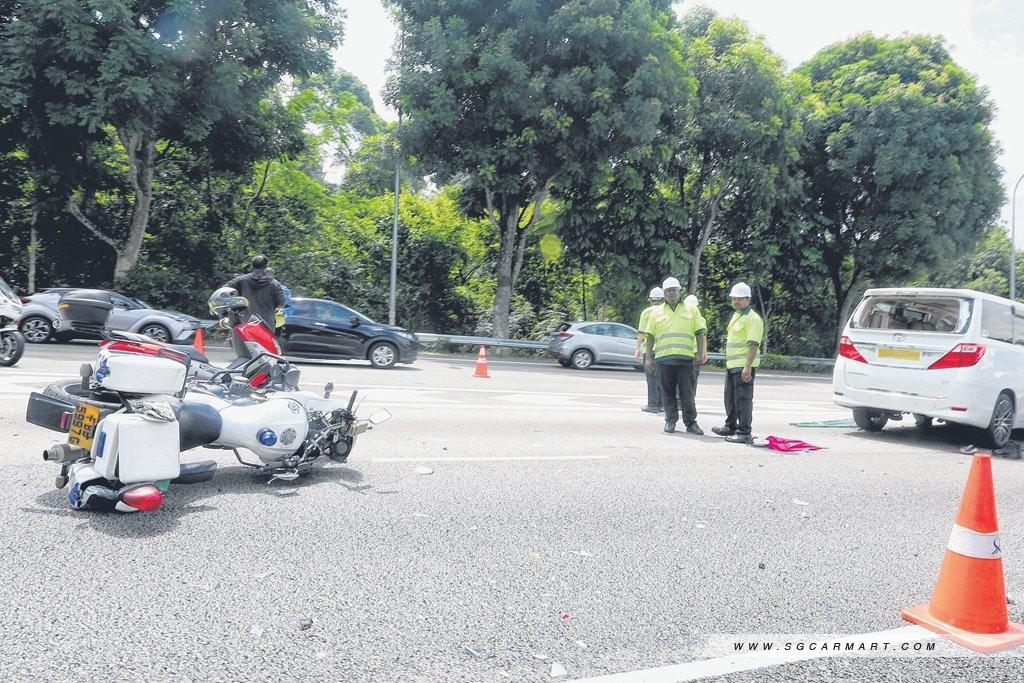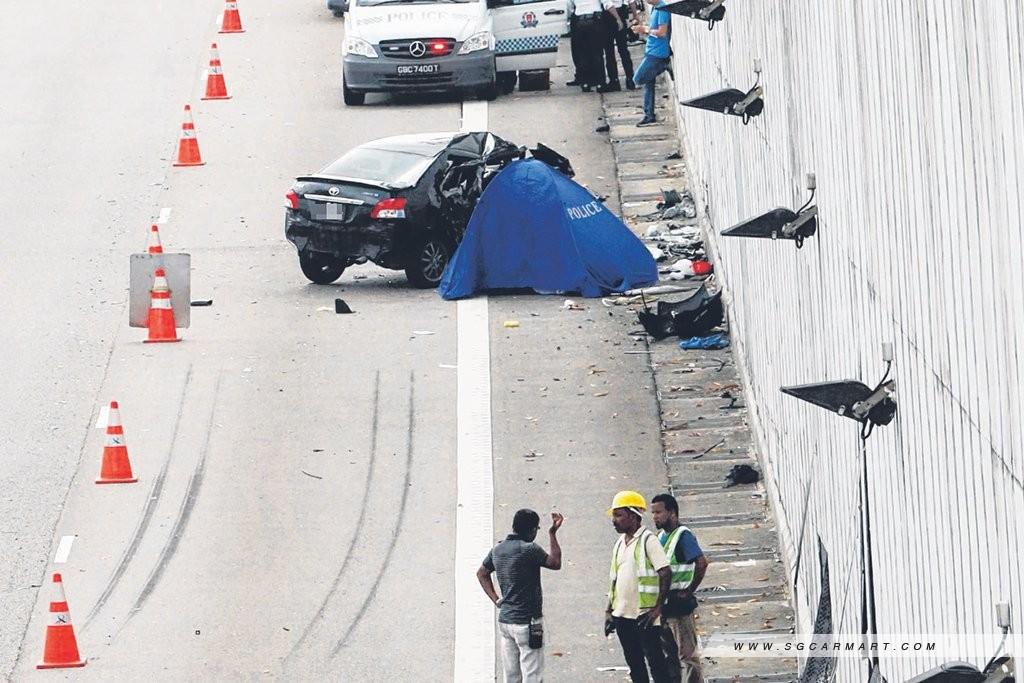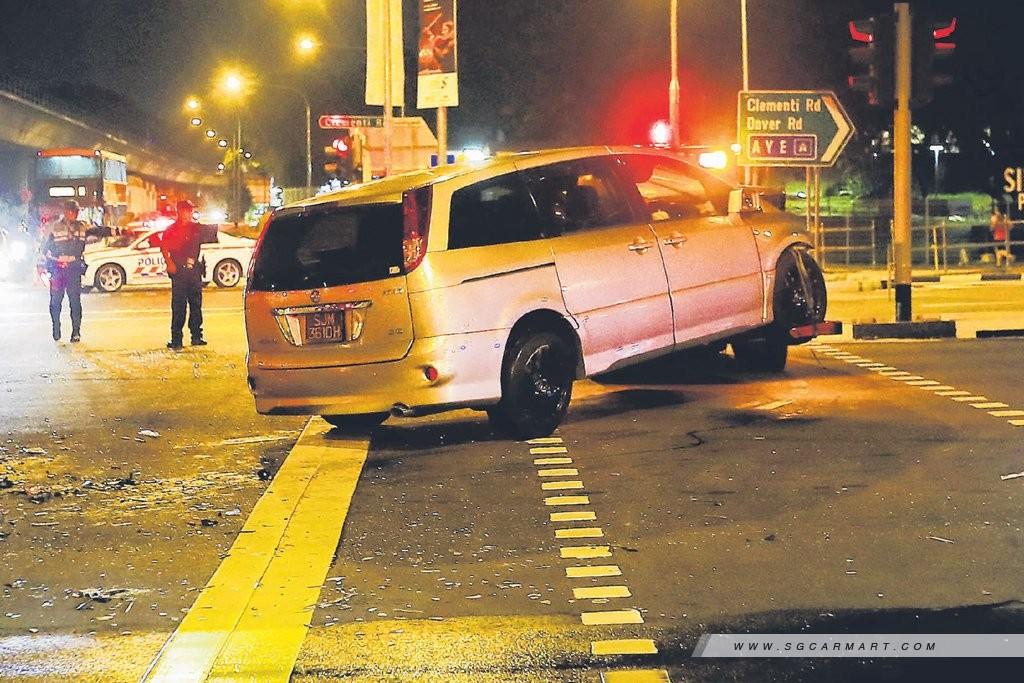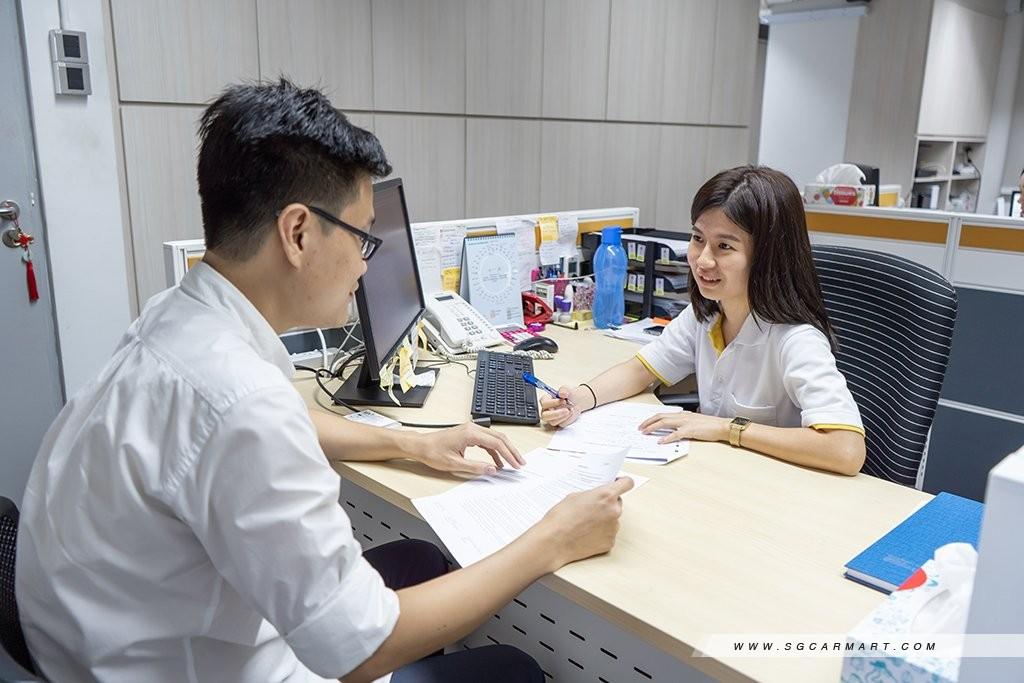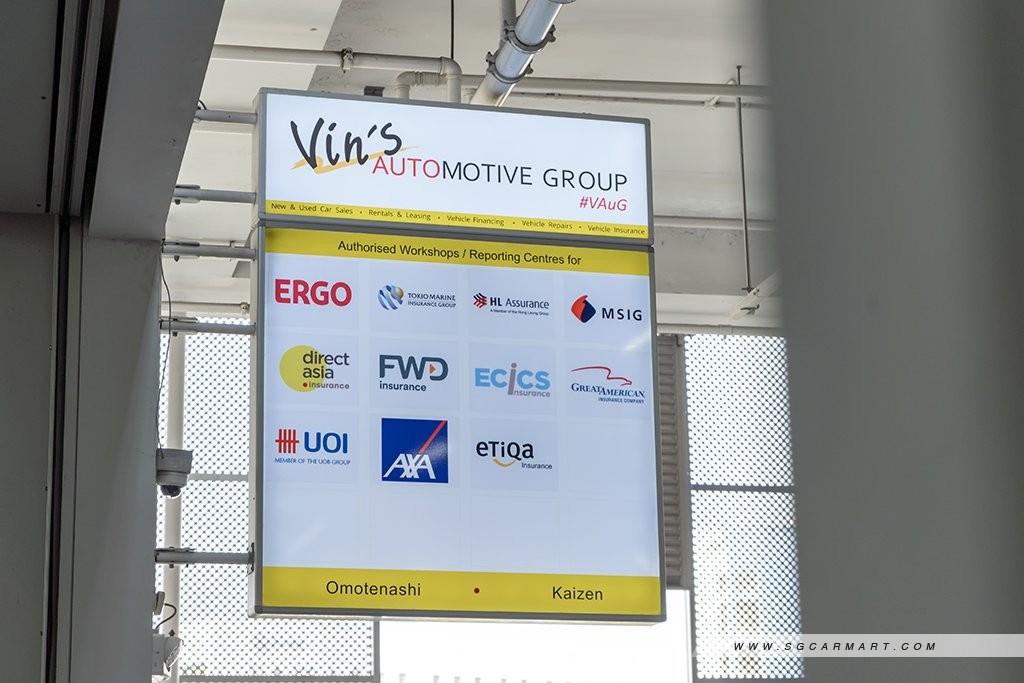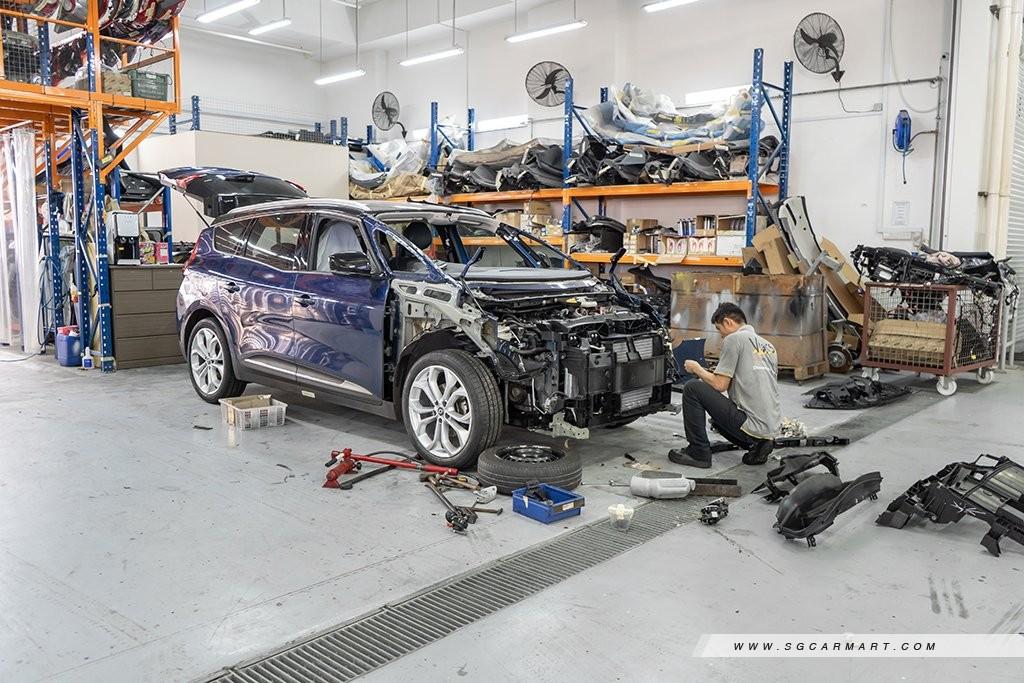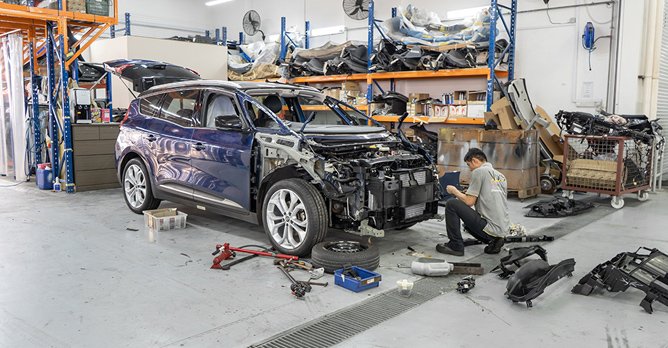How to make a car insurance claim after a car accident in Singapore
05 Aug 2020|15,458 views
Unfortunate enough to have been involved in an accident? The last thing you'll want to face after such a traumatic experience is having to deal with difficulties seeing your claims go through.
But doing things right also means that you'll have to face a myriad of strict instructions in the process of submitting your insurance claim. In this article we look at why insurers expect you to do all these things by the book, so you can better remember what is expected of you, and can have a smoother insurance claim process in the future.
You know, knowing your enemy and all that...
First things first
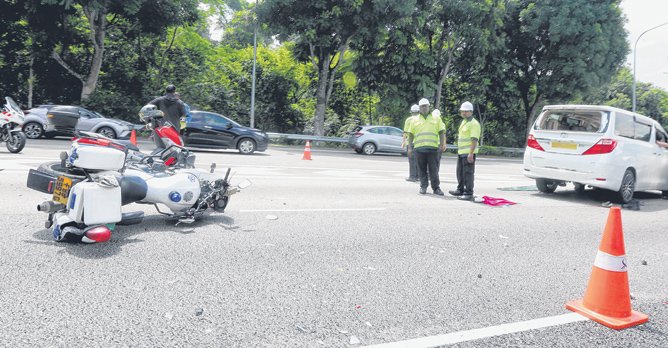
Furthermore, the police will also have to be contacted if the accident involves an injured pedestrian or cyclist, is a hit-and-run incident, or involves vehicles belonging to the Government or are not registered in Singapore.
The next thing you will have to note is to secure the safety of all involved following the accident - this means installing the triangular emergency sign 20m before from the accident site.
If the accident has occurred on the highway, you will need to move your vehicle onto the road shoulder as soon as possible so as not to endanger other road users, otherwise make sure you take pictures of the accident before you move the vehicles.
Now that everyone is safe…
Communicate and get information
Want to ensure that you have everything covered for your insurance claim? First off, you'll need to exchange contact information with those involved in the accident. Essential things to note down will include:
- Their name(s) and NRIC/FIN Number(s)
- Their addresses and telephone contact numbers
- Their vehicle registration number and name of their Insurance Company
- And if the accident involves a company owned vehicle, then also take note of their company name
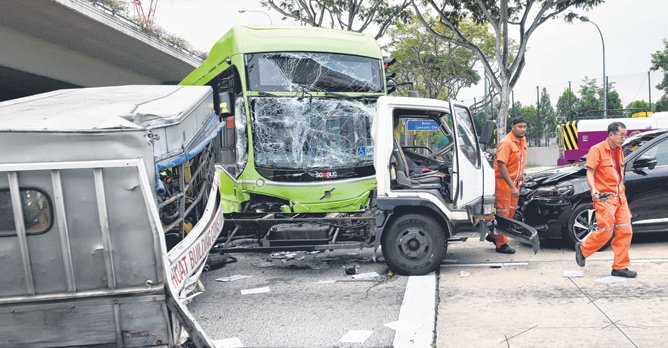
When exchanging information with the other driver, another important thing to note is that the insurers typically issue this bit of advice: Always ensure that you do not admit liability for the accident or sign any promissory note agreeing to pay for damages or allow any other towing service to take your car away.
You do not want to do the first two, since they will complicate the claims process if it is eventually discovered that you were actually not at fault for the accident.
As for the third, this is to make sure that all repair transactions are conducted along the arm's length principle, so that both you, and your insurer only pay a fair market price for the repairs. More about this is explained below.
Of course, this means that some assessment will also be needed in order to know who is at fault in any accident. So what you will also need to do is to…
Take photos of the accident
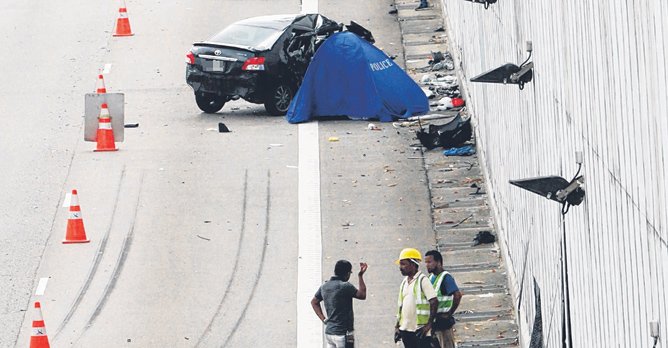
So how exactly do you show how an accident happens after the fact? By taking photos of the positions of the cars following the accident, of course.
This means taking a step back from the road and capturing in the photo not just the post-accident positions of the cars, but also any useful information that might aid in the assessment of the accident.
Essential things to photograph at any accident include the licence plate numbers, the time, date, location of the accident, as well as the weather and road conditions at that time.

Sgcarmart
Get up to 20% off and $300 cashback when you renew with select car insurance!
Compare car insurance effortlessly with Sgcarmart. Get exclusive offers, discounts and cashback when renewing car insurance with our partner.
Get a Quote nowYour insurer obviously wasn't there to witness the accident when it happened. So if you want your insurance claim to go through smoothly, make sure you help them gather as much information as possible at this stage.
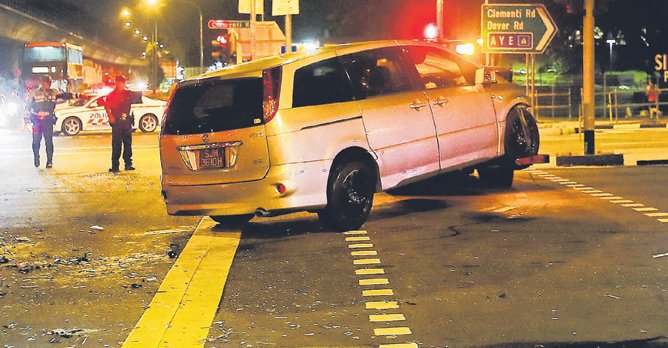
Before you go snapping away, stay calm and think about what else could be useful for your insurer in accessing how the accident happened. Was there heavy traffic at the site of the accident? Were there any other distracting elements? Taking some proof of these now could aid as exonerating factors if you are found to be responsible for the accident.
Something else that could be useful is if there are skid marks on the road indicating from where you took defensive manoeuvres before the accident. These could be useful for showing the original position of the cars at the point of collision.
In short, think about capturing what your insurer will need in the photos, rather than how much damage has been done to your vehicle.
Of course, it will also be worth remembering to set your dashcam to save the footage of the accident as it happens! Looking to purchase a dashcam for a smoother insurance claim process? We host a long list of in-car cameras at different price points and specifications right here!
Don't delay reporting the accident
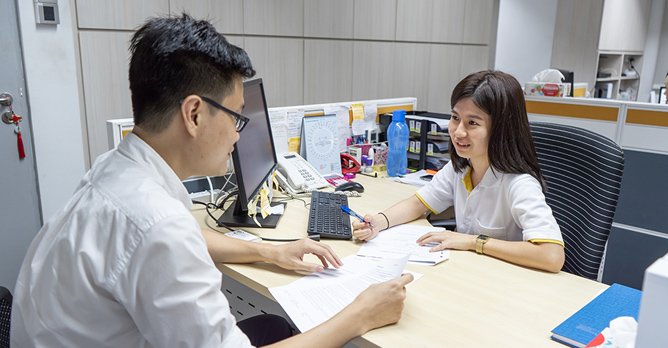
Should you fail to do so, your No Claims Discount may be affected and your claim may be prejudiced.
But why within 24 hours? Unfortunately, this is because people’s memories can often be unreliable when recounting how accidents happen.
This can be all the more so when the one at fault is giving the statement or recounting the accident. Getting a statement of the facts as soon as possible ensures that how both parties recount the incident does not become distorted over time, giving your insurer a more reliable account from which to base the claim. This will also make the claims process so much easier if the accounts from all drivers involved in an accident corroborate on the details.
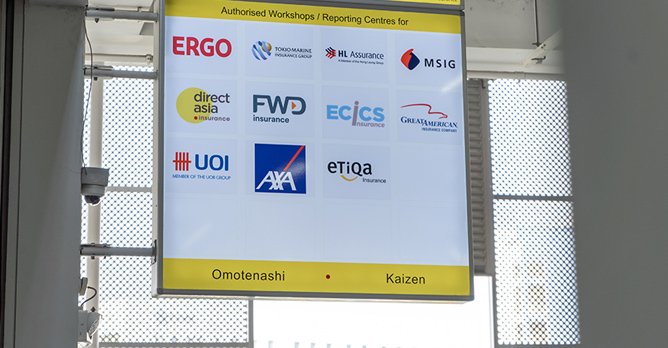
Many insurers also now run accident response services that can aid you to ensure that you have all the information you need following an accident.
If you think you might end up becoming too shaken after an accident to remember all these points, then it will be worth checking if your current insurance plan offers this service, so you have something to fall back to should you encounter a particularly nasty accident.
Make sure to use an authorised workshop
Once you are completed with the accident report, you can then proceed to get your car repaired. Of course, take note that some insurance policies will require you to get your car repaired only at the insurer's approved workshops.
Always ask your insurer for advice or check your insurance details to before heading down to your favourite workshop!
Why do insurers only allow you to repair at a select number of workshops? Well simple. This ensures that your repairs, as well as the one you are claiming against, are done on an arm's-length basis.
Keeping the transaction between you and the workshop at an arm's length basis is one of the ways your insurer ensures that they continue to receive a fair market price for the repair work done, whether it be for repairs to your own car of for repairs claimed against you.
Here are some articles related to car insurance that you might be interested in
Ultimate Guide to Car Insurance in Singapore
All you need to know about NCD for car insurance
What factors affect your car insurance quotes?
Are you getting ripped off on car insurance?
Don't be fooled by these car insurance myths!

Sgcarmart
Get up to 20% off and $300 cashback when you renew with select car insurance!
Compare car insurance effortlessly with Sgcarmart. Get exclusive offers, discounts and cashback when renewing car insurance with our partner.
- Auto comparison for your future renewal quotes
- We provide claims support for your accident claims
Unfortunate enough to have been involved in an accident? The last thing you'll want to face after such a traumatic experience is having to deal with difficulties seeing your claims go through.
But doing things right also means that you'll have to face a myriad of strict instructions in the process of submitting your insurance claim. In this article we look at why insurers expect you to do all these things by the book, so you can better remember what is expected of you, and can have a smoother insurance claim process in the future.
You know, knowing your enemy and all that...
First things first

Furthermore, the police will also have to be contacted if the accident involves an injured pedestrian or cyclist, is a hit-and-run incident, or involves vehicles belonging to the Government or are not registered in Singapore.
The next thing you will have to note is to secure the safety of all involved following the accident - this means installing the triangular emergency sign 20m before from the accident site.
If the accident has occurred on the highway, you will need to move your vehicle onto the road shoulder as soon as possible so as not to endanger other road users, otherwise make sure you take pictures of the accident before you move the vehicles.
Now that everyone is safe…
Communicate and get information
Want to ensure that you have everything covered for your insurance claim? First off, you'll need to exchange contact information with those involved in the accident. Essential things to note down will include:
- Their name(s) and NRIC/FIN Number(s)
- Their addresses and telephone contact numbers
- Their vehicle registration number and name of their Insurance Company
- And if the accident involves a company owned vehicle, then also take note of their company name

When exchanging information with the other driver, another important thing to note is that the insurers typically issue this bit of advice: Always ensure that you do not admit liability for the accident or sign any promissory note agreeing to pay for damages or allow any other towing service to take your car away.
You do not want to do the first two, since they will complicate the claims process if it is eventually discovered that you were actually not at fault for the accident.
As for the third, this is to make sure that all repair transactions are conducted along the arm's length principle, so that both you, and your insurer only pay a fair market price for the repairs. More about this is explained below.
Of course, this means that some assessment will also be needed in order to know who is at fault in any accident. So what you will also need to do is to…
Take photos of the accident

So how exactly do you show how an accident happens after the fact? By taking photos of the positions of the cars following the accident, of course.
This means taking a step back from the road and capturing in the photo not just the post-accident positions of the cars, but also any useful information that might aid in the assessment of the accident.
Essential things to photograph at any accident include the licence plate numbers, the time, date, location of the accident, as well as the weather and road conditions at that time.

Sgcarmart
Get up to 20% off and $300 cashback when you renew with select car insurance!
Compare car insurance effortlessly with Sgcarmart. Get exclusive offers, discounts and cashback when renewing car insurance with our partner.
Get a Quote nowYour insurer obviously wasn't there to witness the accident when it happened. So if you want your insurance claim to go through smoothly, make sure you help them gather as much information as possible at this stage.

Before you go snapping away, stay calm and think about what else could be useful for your insurer in accessing how the accident happened. Was there heavy traffic at the site of the accident? Were there any other distracting elements? Taking some proof of these now could aid as exonerating factors if you are found to be responsible for the accident.
Something else that could be useful is if there are skid marks on the road indicating from where you took defensive manoeuvres before the accident. These could be useful for showing the original position of the cars at the point of collision.
In short, think about capturing what your insurer will need in the photos, rather than how much damage has been done to your vehicle.
Of course, it will also be worth remembering to set your dashcam to save the footage of the accident as it happens! Looking to purchase a dashcam for a smoother insurance claim process? We host a long list of in-car cameras at different price points and specifications right here!
Don't delay reporting the accident

Should you fail to do so, your No Claims Discount may be affected and your claim may be prejudiced.
But why within 24 hours? Unfortunately, this is because people’s memories can often be unreliable when recounting how accidents happen.
This can be all the more so when the one at fault is giving the statement or recounting the accident. Getting a statement of the facts as soon as possible ensures that how both parties recount the incident does not become distorted over time, giving your insurer a more reliable account from which to base the claim. This will also make the claims process so much easier if the accounts from all drivers involved in an accident corroborate on the details.

Many insurers also now run accident response services that can aid you to ensure that you have all the information you need following an accident.
If you think you might end up becoming too shaken after an accident to remember all these points, then it will be worth checking if your current insurance plan offers this service, so you have something to fall back to should you encounter a particularly nasty accident.
Make sure to use an authorised workshop
Once you are completed with the accident report, you can then proceed to get your car repaired. Of course, take note that some insurance policies will require you to get your car repaired only at the insurer's approved workshops.
Always ask your insurer for advice or check your insurance details to before heading down to your favourite workshop!
Why do insurers only allow you to repair at a select number of workshops? Well simple. This ensures that your repairs, as well as the one you are claiming against, are done on an arm's-length basis.
Keeping the transaction between you and the workshop at an arm's length basis is one of the ways your insurer ensures that they continue to receive a fair market price for the repair work done, whether it be for repairs to your own car of for repairs claimed against you.
Here are some articles related to car insurance that you might be interested in
Ultimate Guide to Car Insurance in Singapore
All you need to know about NCD for car insurance
What factors affect your car insurance quotes?
Are you getting ripped off on car insurance?
Don't be fooled by these car insurance myths!

Sgcarmart
Get up to 20% off and $300 cashback when you renew with select car insurance!
Compare car insurance effortlessly with Sgcarmart. Get exclusive offers, discounts and cashback when renewing car insurance with our partner.
- Auto comparison for your future renewal quotes
- We provide claims support for your accident claims
